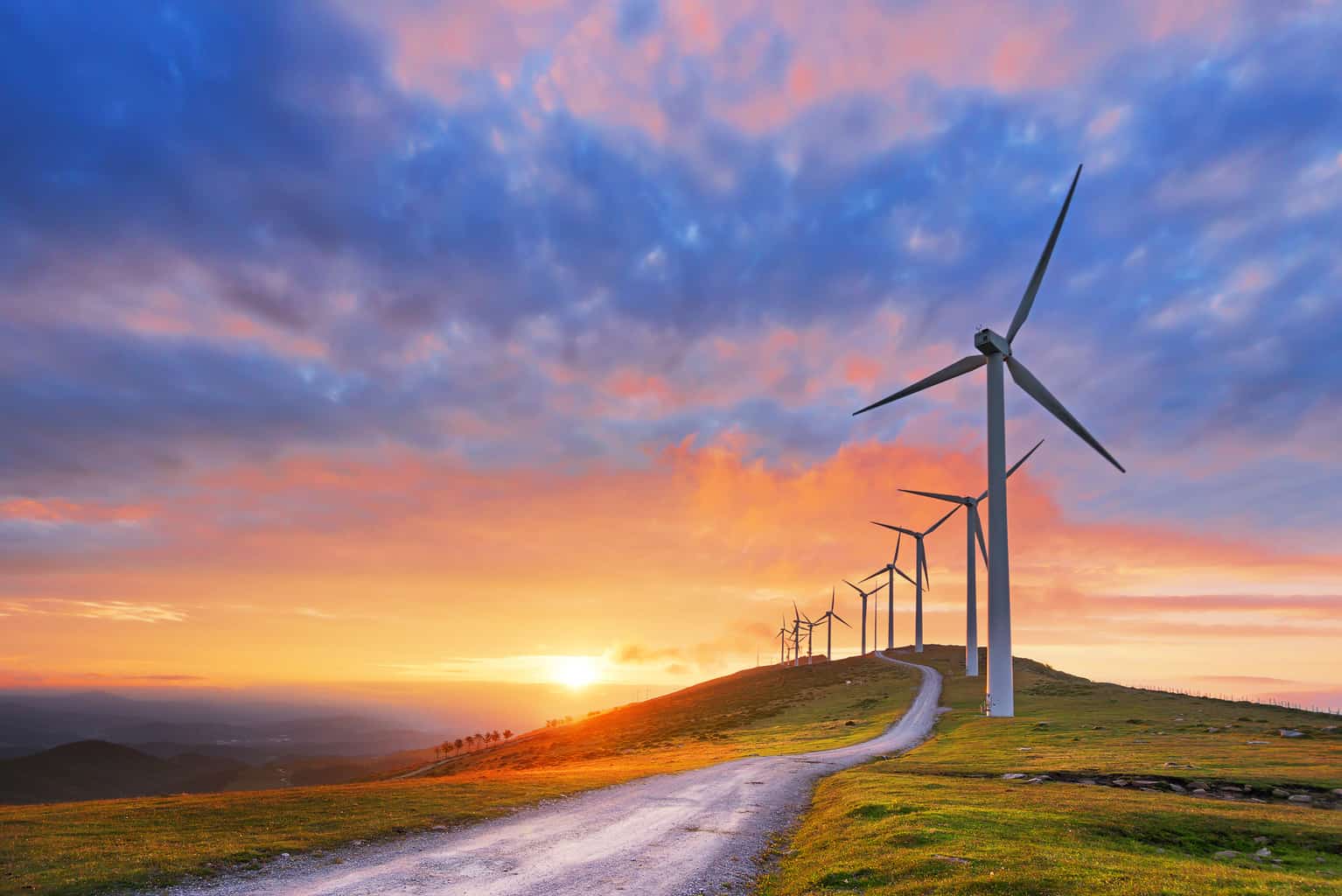Much of the focus in the wind energy industry is invested in keeping things spinning, preferably faster, more efficiently, and for longer periods. That is, of course, important and central to the purpose of wind turbines, but wind turbine brakes, while of equal importance, are often overlooked.
In this article, we’ll discuss different types of wind turbine brakes, their purposes, and why they are important. Interested? Read on!
What Are Wind Turbine Brakes For?
Wind turbine brakes are important for maintenance, for emergencies, or even for something as simple as managing risk and protecting investment in the case of high wind speeds.
Wind turbine brakes reside within the body of the turbine, just underneath the low-speed shaft. For more information on the body and inner workings of wind turbines, check out this link, or for more background on windmills, see our page here.
Different Kinds of Brakes and Their Purposes
There are two major different types of wind turbine brakes: electrical and mechanical.
Electrical Wind Turbine Brakes
Electrical wind turbine brakes work better for small wind turbines. They take energy from the generator and put it in the resistor bank. This turns the kinetic energy of the rotating turbine into thermal.
This method of braking works well when used in a cyclical fashion. By braking in this way, the blades slow down, keeping the turbine rotating at a safe speed even in fast winds without expelling too much energy to the brake system.
Electrical wind turbine brakes are not usually used in larger wind turbines that are grid-connected.
Mechanical Wind Turbine Brakes
There are two types of mechanical wind turbine brakes: drum brakes and disk brakes.
Mechanical wind turbine brakes have two main uses.
They are applied as a backup method of holding the turbine in place for maintenance or repairs, in the case of a failure of the primary rotor lock system, or in the case of emergency situations, such as extreme gusts of the wind or too much speed.
For these safety reasons, it is important to have a good mechanical brake.
Mechanical wind turbine brakes should only be applied after the turbine speed has been reduced to one or two rotor RPM because using this method to bring a stop from full speed can cause a fire in the nacelle.
To slow the turbine to this speed, blade furling or an electrical brake can be used. Aside from the energy reasons mentioned earlier, this is another important reason to have a good electrical wind turbine brake.
Other Wind Turbine Brakes
There are also hydraulic brakes, but these are used less often, and more in the case of emergencies. For modern trends in wind turbine brakes including reliability, noise reduction, and ease of repair, look here.
If you’re looking for more information on choosing a heavy industry brake, clutch and friction system, you can check out our page here.
Any remaining comments, questions, or concerns on this article or an order you might like to place? Feel free to contact us!

